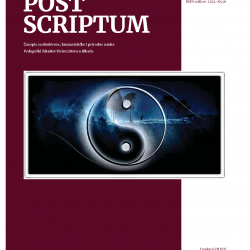Evaluation of three visual models for the greatest common factor and the least common multiple
Evaluation of three visual models for the greatest common factor and the least common multiple
Author(s): Edin Liđan, Karmelita Pjanić-LipovačaSubject(s): Social Sciences, Education
Published by: Pedagoški fakultet Univerziteta u Bihaću
Keywords: visual models; the greatest common factor; the least common multiple;
Summary/Abstract: In the teaching and learning of concepts of the greatest common factor and the least common multiplier educators and pupils are often focused in presenting and following the procedure – how to determine and calculate the greatest common factor (GCF) and the least common multiplier (LCM) of given numbers. Usually, factoring schema is used to represent this procedure. In a such manner, only procedural knowledge can be developed.The aim of this paper is to examine if in-service and pre-service mathematics teachers are able to propose, recognize and justify didactical models that may foster pupils’ conceptual knowledge of GCF and LCM. Three visual models for GCF and LCM: rectangle model, line segment model and Venn diagram model have been developed and presented independently to two selected groups. The first group was consisted of 18 in-service mathematics teachers that have experience in teaching mathematics in middle school. There were 16 seniors of baccalaureate program for teachers of mathematics and IT in the second group. Both groups were asked to determine the purpose of observed models, to explain mathematics underlying models and to propose and justify similar models if possible.Results show that all participants in a study are focused on developing procedural knowledge: only two in-service and one pre-service teacher provided models of GCF and LCM by themselves. On the other hand, after they observed models, all participants were able to justify the Venn diagram model, all in-service and the majority of pre-service teachers justified rectangle and line segment model. All participants think that each model can help build conceptual knowledge: all of 18 in-service and 12 pre-service teachers would use models exclusively before showing the procedure of finding out GCF and LCM of two given numbers; 2 pre-service teachers would use different models in different teaching situations, and 2 in-service an 2 pre-service teachers would use models exclusively after showing the procedure of finding out GCF and LCM of given numbers.
Journal: Post Scriptum
- Issue Year: 2020
- Issue No: 8-9
- Page Range: 7-19
- Page Count: 13
- Language: English

